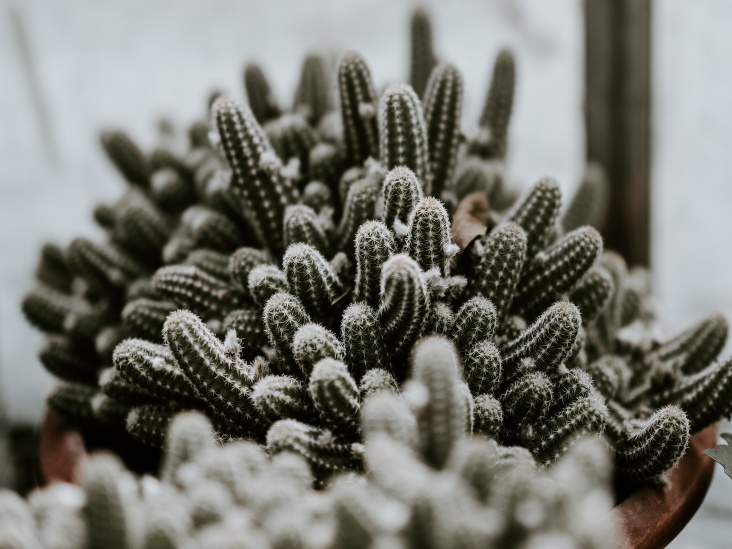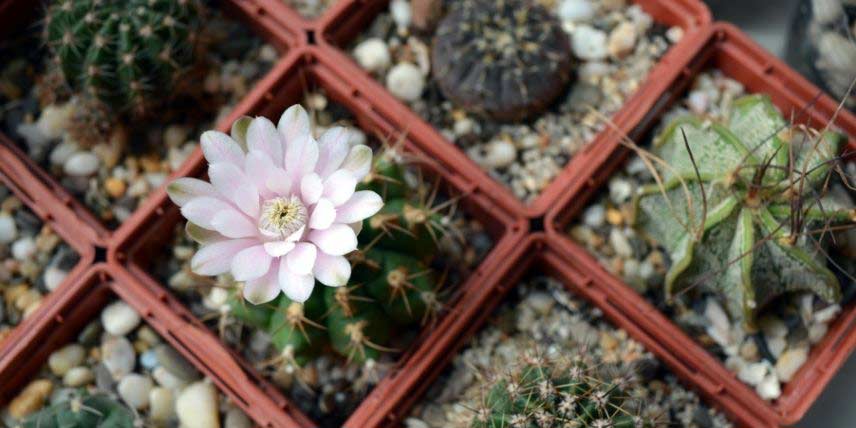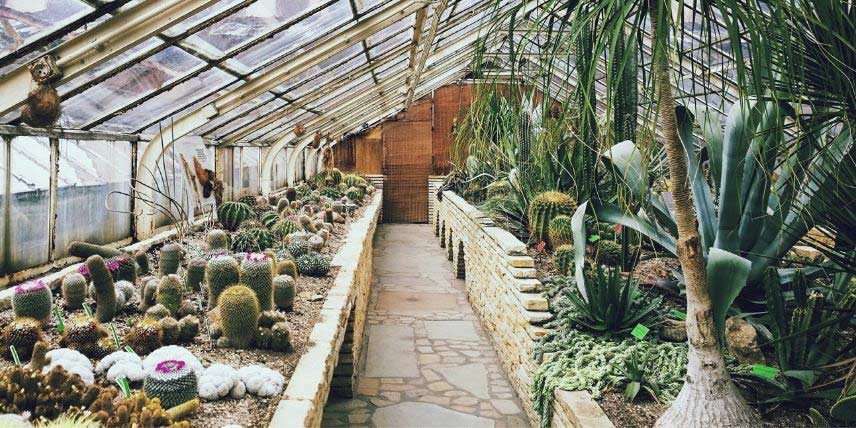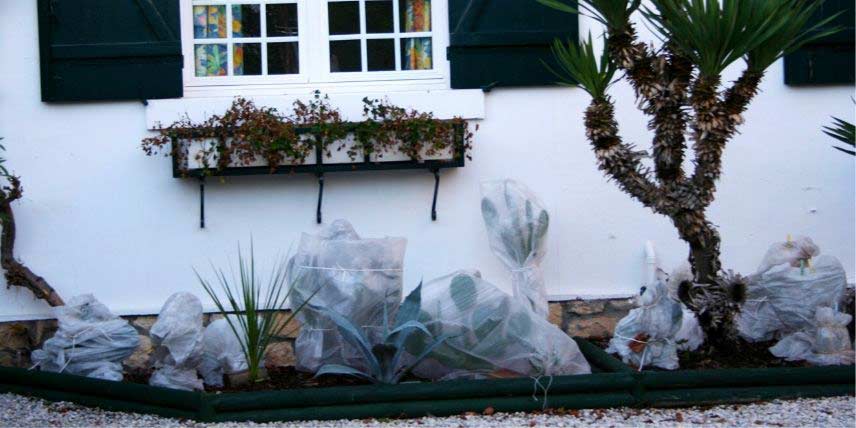
Resistant to heat and drought, cacti are generally cold plants that grow naturally in hot, semi-desert regions. They are not suitable for our climates and therefore need protection from cold and humidity in winter! There are, however, a few varieties capable of withstanding very low temperatures: Cylindropuntia imbricata, certain Echinocereus and Opuntia … but they also fear winter humidity. The growing conditions must be adapted according to the seasons: even if you grow your cacti in pots indoors, you will have to adapt their cultivation method in winter (watering, temperature, etc.). This will promote flowering and prevent them from rotting.
Discover all our tips for protecting your cacti in winter, whether they are in pots or in the ground !
HOW TO PROTECT CACTUS GROWN IN A POT?
Cacti need a rest period in winter, so they need to be cool and dry, as this marks the winter period and promotes flowering. As winter approaches, gradually reduce watering (and fertilizer application), then stop it altogether, because cacti fear winter humidity.
If your cacti were grown in pots outdoors, we recommend that you bring them in for the winter, in a frost-free room. However, if they are hardy cacti or if you live in a region where the temperatures remain very mild at night (little risk of frost) such as the rim of the Mediterranean or the Breton coast for example, you can leave them in outside, but place them in a place where they will be sheltered from the rain (covered terrace, roof overhang, window sill, etc.).
If your cacti were already indoors, we advise you in any case to install them for the winter in a room where the temperature is between 5 and 10 ° C, although for some species the temperatures can go up to 15 ° C. It is also best to place them in a bright place, but if this is not possible you can also put them in a dark room, as long as the temperatures are kept low enough. Better low light and low temperatures than a bright room with high temperature.
Learn about the ideal winter temperatures for the species you grow. The Schlumbergera, for example, will enjoy staying warm. Likewise, Rhipsalis and Epiphyllum need temperatures to stay above 10 ° C.

In any case, avoid repotting in autumn or winter, because the plant is then at rest and will be more sensitive to a change in its growing conditions … Wait until the beginning of spring if your cacti need to be repotted! Discover our advice sheet: How to plant a cactus in a pot ?.
In the spring, resume watering very gradually, otherwise the skin could crack. You can also add fertilizer again. For more information, see our tip sheet: How to water a cactus ?.
From May, as soon as there is no more risk of frost, you can take them outside, but be careful not to expose them to direct sunlight immediately. It is important to acclimatize them gradually, to prevent them from being scorched by the sun’s rays. At first, it is better to shade them during the hottest hours.

HOW TO PROTECT FROM CACTUS INSTALLED IN THE GROUND?
Some cacti are relatively hardy and can be planted in the ground: the most resistant of them can withstand up to – 25 ° C! However, above all, cacti fear winter humidity: the drier the cactus, the more resistant it will be to the cold. So, as winter approaches, you have to “thirst” the cacti, push them to dehydrate, so that they can withstand low temperatures more easily! This limits the risk of them rotting.
We recommend that you protect your cacti from the rain by installing a removable structure above them, unless you have already planted them under an overhang. For example, you can stick four stakes around them, cover them with a plastic sheet or sheet (transparent to let in the light).
You can also install a wintering veil and a plastic cover on your cacti, to shelter them from the cold, humidity and wind, but remember to remove them as soon as the temperatures rise: this will allow aeration and ventilation. ‘prevent them from rotting.
In the spring, resume watering and add fertilizer very gradually, and remove their winter protection as soon as there is no more risk of frost.

